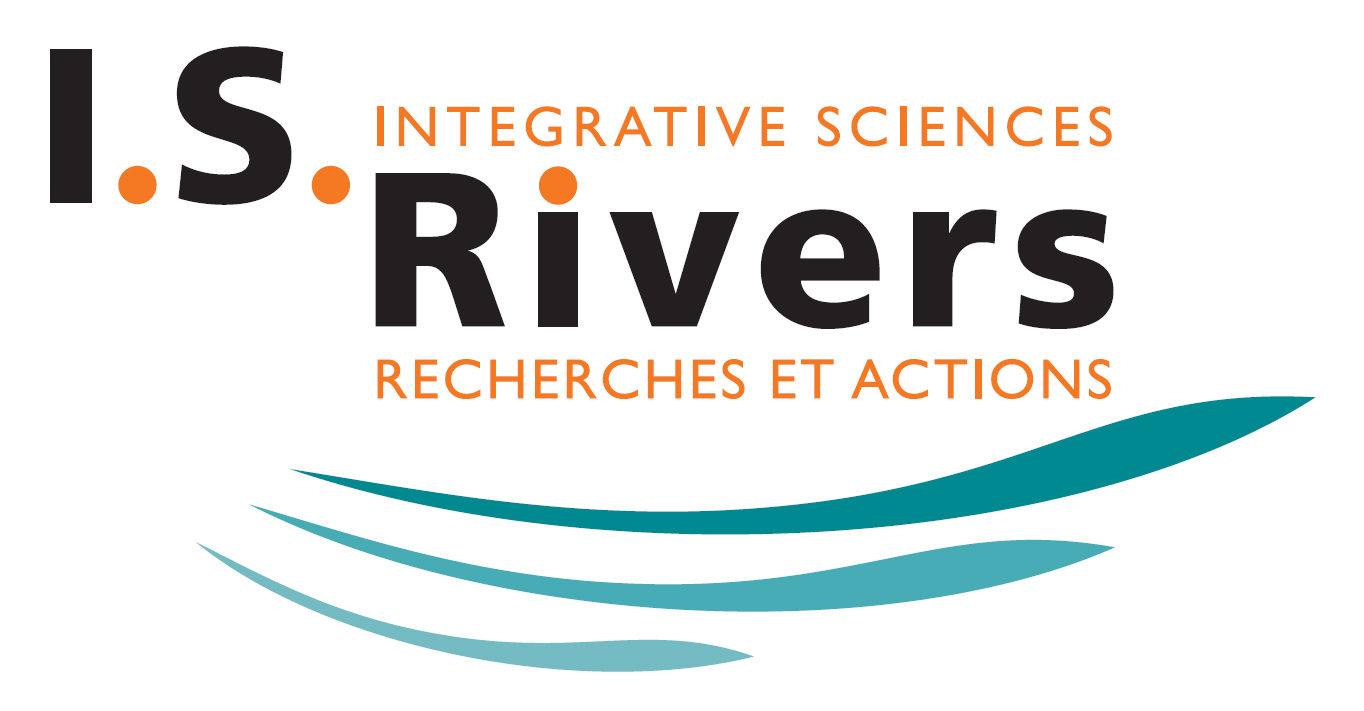Wednesday 2nd of july – 16:30
16:30
Measuring and spatial mapping of multiple functions provided by green infrastructure and their contribution to well-being of residents in Sakura City, Japan
AUTHORS
YOSHIDA Takehito, HASHIMOTO Shizuka, HORITA Kazuki, KOUFUKU Satoshi, MINOURA Yukihisa, NABANA Haruna, NISHIHIRO Jun, SOGA Masashi, TAKAYA Kosuke, UCHIDA Atsuhiko, UETA Yusuke
Japan
Short Abstract: Natural and semi-natural ecosystems in a watershed provide various sorts of functions to the local human society, so that they are recognized as green infrastructure that is the fundamental asset for the society. Thus, considering what functions are located in where and how much these functions meet the needs of the local human society is a key for sustainable watershed management. However, there remain technical challenges in measuring and spatial mapping of multiple functions of green infrastructure, including its potential (supply) that natural and semi-natural ecosystems provide, needs (demand) of and actual usage (flow) by the human society, and their interrelations (shortage or excess). Our research aims at developing a new methodology of measuring and spatial mapping of multiple functions through the case study conducted in Sakura City, Chiba Prefecture, Japan. In collaboration with local stakeholders and city officials, we identified several sorts of functions that are important for the residents and city, including flood control, water purification, groundwater recharge, carbon sequestration, environmental education, scenic quality of landscape, and biodiversity conservation. By combining existing and new methodologies, we are about to examine where these multiple functions are located and how much these functions meet the needs of the residents and Sakura City. Also, well-being of local residents and the contribution of these multiple functions of green infrastructure are about to be measured. In this talk, we will present our latest research results and discuss future challenges.
16:50
Urbanisation effects on floodplain biodiversity: what can we learn from globally aggregated field data?
AUTHORS
BURRIAT Josselin, DOLÉDEC Sylvain, KAUFMANN Bernard, BELLETTI Barbara
France
Short Abstract: Floodplains are among the most threatened ecosystems in the world, due to their attractiveness by human societies and the many ecosystem services they support. Despite their small extent, they provide favorable habitats for a great diversity of species, many of which are rare or threatened. The strong urbanisation of alluvial plains is accompanied by the alteration of the dynamics of natural overflow of watercourses and the construction of obstacles to flow, the alteration of water quality, etc. inducing a scarcity and simplification of habitats with deleterious consequences on the maintenance of aquatic and terrestrial animal and plant communities. In this study, we aim to quantify the impact of floodplain urbanisation on the species richness (R) of twelve groups of species (8 invertebrates and 4 vertebrates), focusing on 1062 urban agglomerations with more than 300,000 inhabitants, distributed around the world. We use open access biological data, aggregated at a global scale, to compare the species richness of urban communities (Rup) to that of its associated catchment (Rcp – 300 km up and downstream cities) using rarefaction and extrapolation techniques. The results show a significant degradation in the species richness of urban communities for eight of these groups on a global scale.
17:10
Digital representations of urban rivers: a construction of renewed city-river relations?
AUTHORS
BAJEMON Liolia, VAUDOR Lise, PIÉGAY Hervé,
France
Short Abstract: Today, cities and their rivers have a digital presence and image. This digital print conveys discourses about the environment, which are diffused largely and potentially influence socio-environmental interactions. Here we propose to study digital representations of urban rivers on a global scale, because these areas appear as strategic in the context of a growing urbanisation. Drawing on web discourses, we seek to identify how city-river relationship are defined. A corpus was built thanks to web scraping and was analysed through qualitative and textometric approaches. Results show the multiple faces, stakes and imaginaries surrounding urban rivers, which appear as dangers, recreational spaces or areas to be developed. The mobilisation of web data also allows to question the discourses production and highlights the power relations at play.
17:30
Expansion Process of Local Community Activities Stimulated by Urban River Restoration in Okazaki City, Japan
AUTHORS
ITSUMI Yuta, CHIBANA Takeyoshi, WATANABE Satoshi
Japan
Short Abstract: This study examined the potential value of urban river restoration initiatives in contributing to climate change adaptation, focusing on the case of Okazaki City, Japan. The process of activity expansion from 2015 was analyzed, with particular emphasis on the perceptions of the community and the recognition of the involved members. The research employed a qualitative approach, analyzing local documents and interviewing key members of ONE RIVER, a local citizens’ group. The case study demonstrated that the local activities commenced with the restoration of urban rivers and subsequently expanded to encompass community-based climate change adaptation. Additionally, it was observed that a sense of ownership over climate change adaptation was cultivated through local activities stimulated by urban river restoration. Firstly, the community recognized the natural appeal of the diverse river ecosystem services, and secondly, it perceived a hidden connection between the river environment and one’s own life. Our findings indicated that urban river restoration would benefit community-engaged climate change adaptation by making it accessible to dynamic natural processes, enhancing stakeholders’ awareness of the multifaceted river ecosystem services, and cultivating a community’s sense of ownership.
